Learn how to read The Tale of Genji and other Japanese literature classics with this free-to-use Hentaigana Application
Wed, Nov 4, 2015-
Tags

The Waseda University Faculty of Letters, Arts and Sciences released the free-to-use application “The Hentaigana App” for Android devices on October 29 and iOS users on November 4. The application is a landmark opportunity for users to discover the beauty of classical Japanese characters. Utilizing game-like mechanics, the application helps users learn 327 non-standard kana characters found in The Tale of Genji and other works of premodern Japanese literature.
The application is the result of a partnership between Waseda, UCLA, and The Tadashi Yanai Initiative for Globalizing Japanese Humanities, utilizing innovative technology to teach users non-standard kana characters known as hentaigana found in literature from Heian to early modern Japan. The application has received much attention from the media prior to its release and is expected to have a lasting impact both domestically and abroad.
The application’s concept was created by Associate Professor of Japanese literature at UCLA’s Department of Asian Languages and Cultures (ALC), Michael Emmerich, and Professors Hirokazu Toeda and Hidenori Jinno from Waseda’s Faculty of Letters, Arts and Sciences.
Whether you are a university student researching Japanese literature or someone who is simply interested in Japanese history, art, or calligraphy, this application is a great way to discover and learn about the beauty of classical Japanese characters.
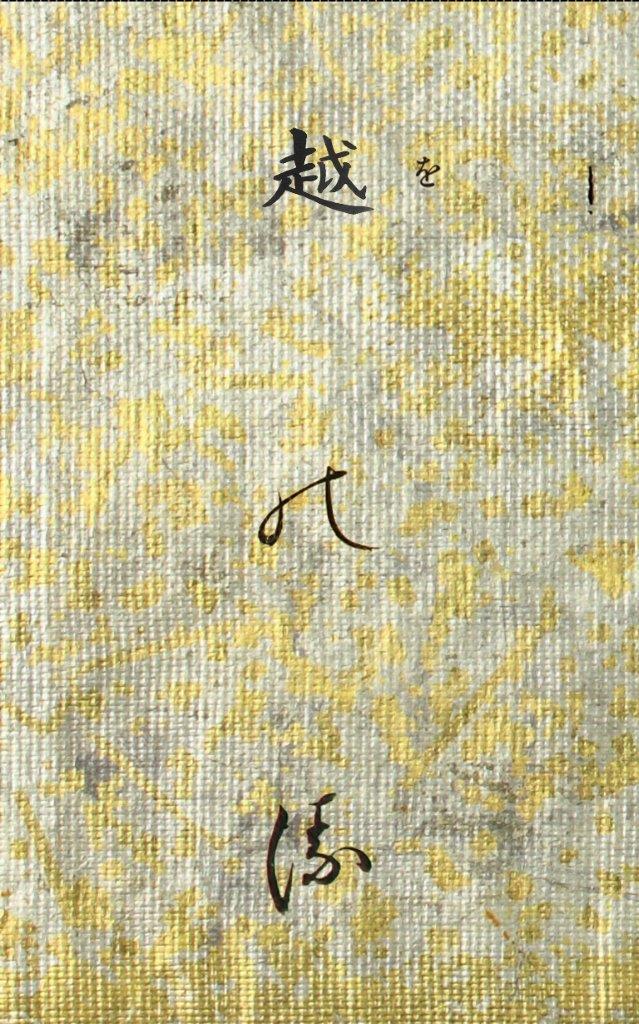
The application’s background images are extracted from the pages of actual works of classical Japanese literature
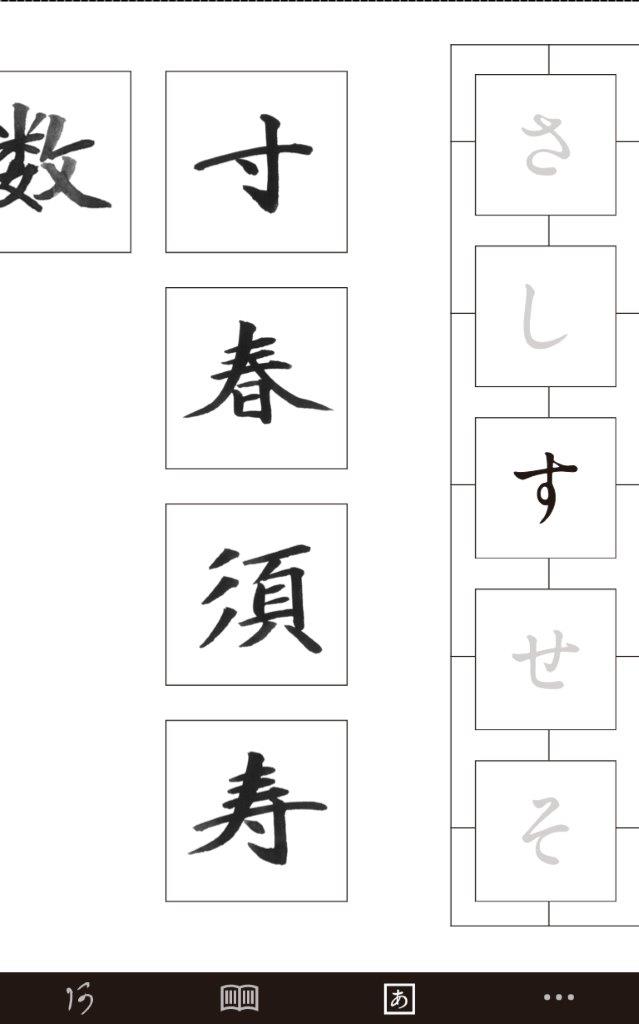
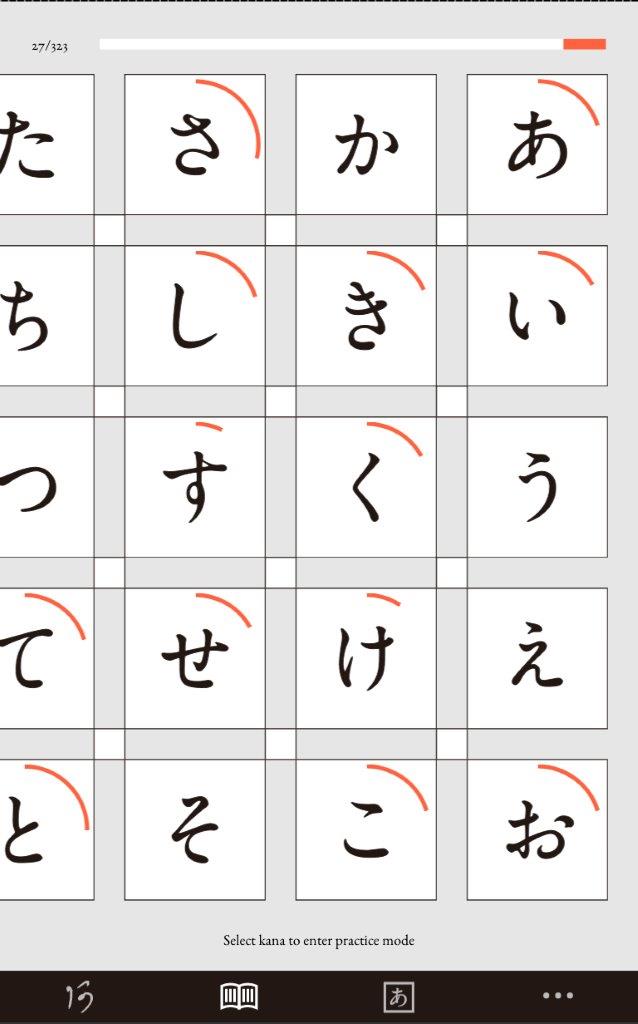
The application displays how often you answer questions correctly, allowing you to adjust your studies to your progress
On October 29, Michael Emmerich, Hirokazu Toeda, and programmer Matthew Fargo held a presentation for media to commemorate the application’s release.
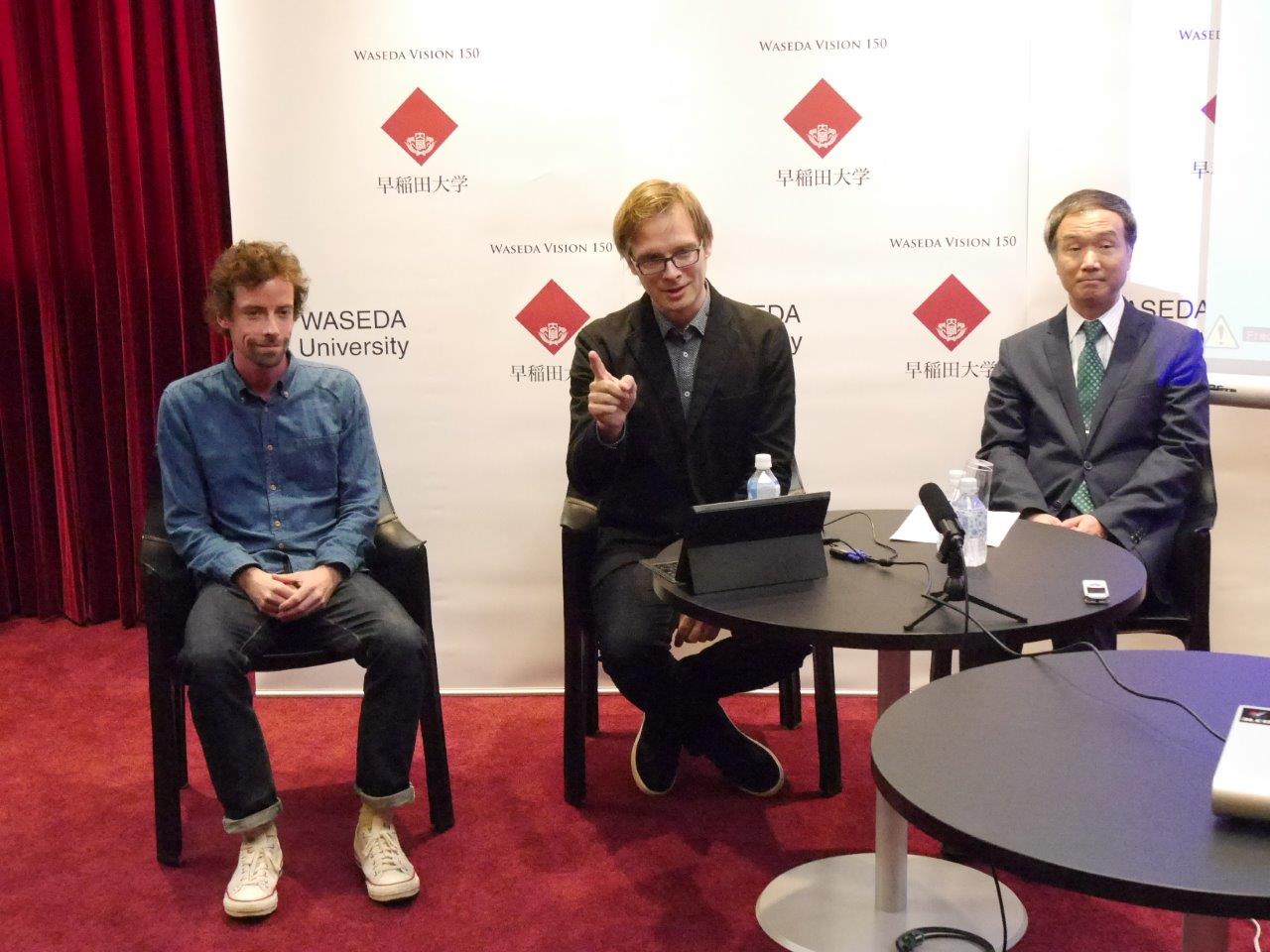
From left to right: Programmer Matthew Fargo, Professor Michael Emmerich, and Professor Hirokazu Toeda
Comment from Yanai Initiative committee member Professor Hirokazu Toeda:
I have worked with Professor Emmerich for the past six years on projects relating to Japanese literature research and education. After receiving a generous donation from Tadashi Yanai, Emmerich proposed developing an application that would allow users to read classical texts. We are proud to finally present the result of this endeavor. I believe the release of this application will become a great opportunity for users to read literature from pre-Edo Japan. The application has a beautiful design thanks to Emmerich’s input and suggestions and I am very excited for everyone to get their hands on it.
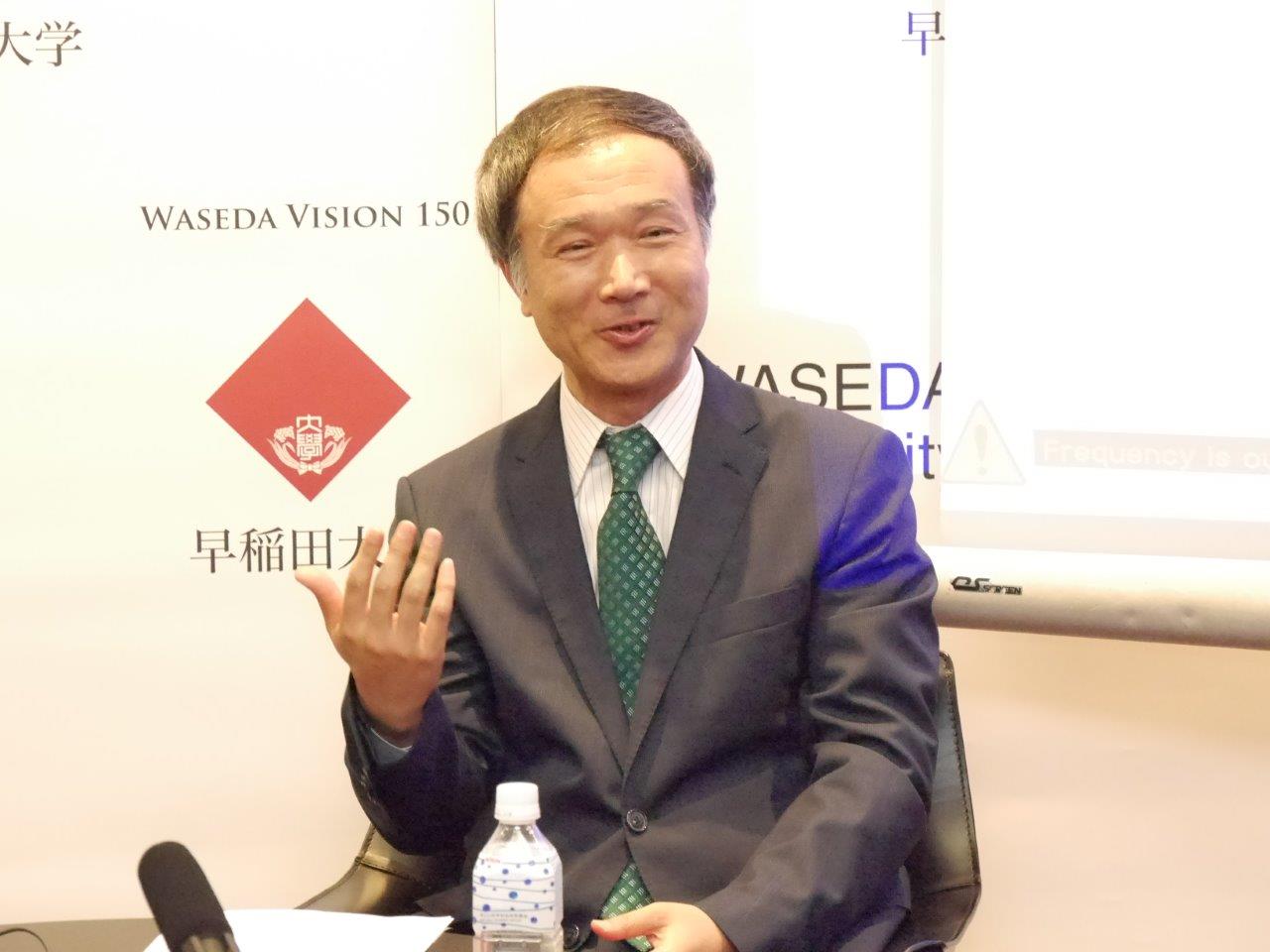
Professor Hirokazu Toeda
Comment from Yanai Initiative committee member UCLA Professor Michael Emmerich:
While studying for my Master’s, I was required to read an early Edo period version of The Tale of Genj. There was no printed version of this text and I had not yet encountered hentaigana. Forced to learn these characters, I bought a dictionary and made countless flashcards. This was an incredibly difficult process. The concept for this application came about as I was trying to think of a simple way for students to enjoy learning these characters.
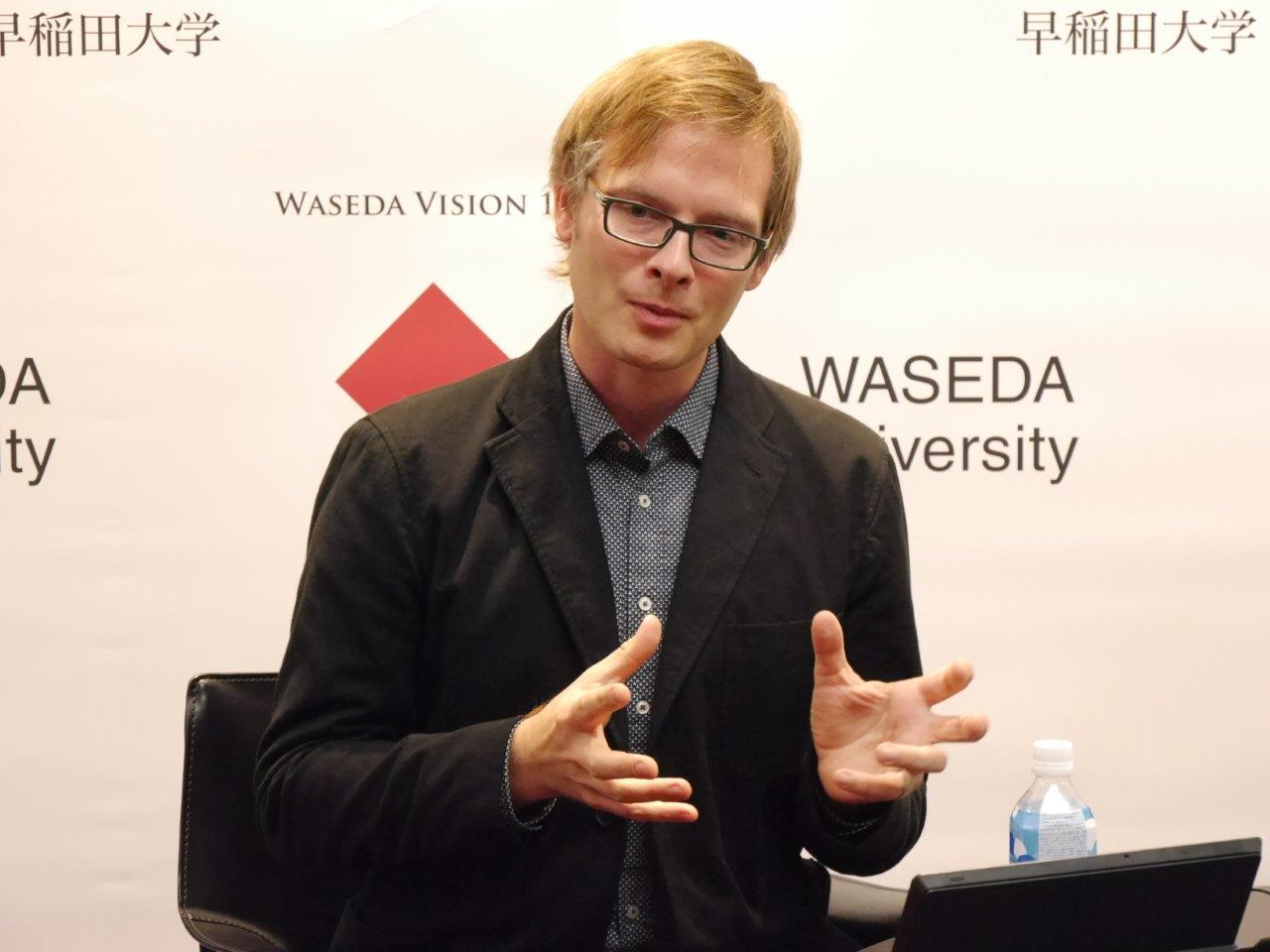
Professor Michael Emmerich
Besides researchers and Japanese literature specialists, many people are unable to read hentaigana found in pre-Meiji Japanese literature. Prior to the release of this application, the only way to learn these characters was to refer to a hentaigana dictionary while reading along to a classical text. With the assistance of Waseda staff and calligrapher Taigo Watanabe, who contributed his talents by writing the kanji for the vowels of hentaigana characters, and programmer Matthew Fargo, who also has a doctorate in Japanese literature, this revolutionary application will help make reading hentaigana and classical literature a reality for people around the world.













